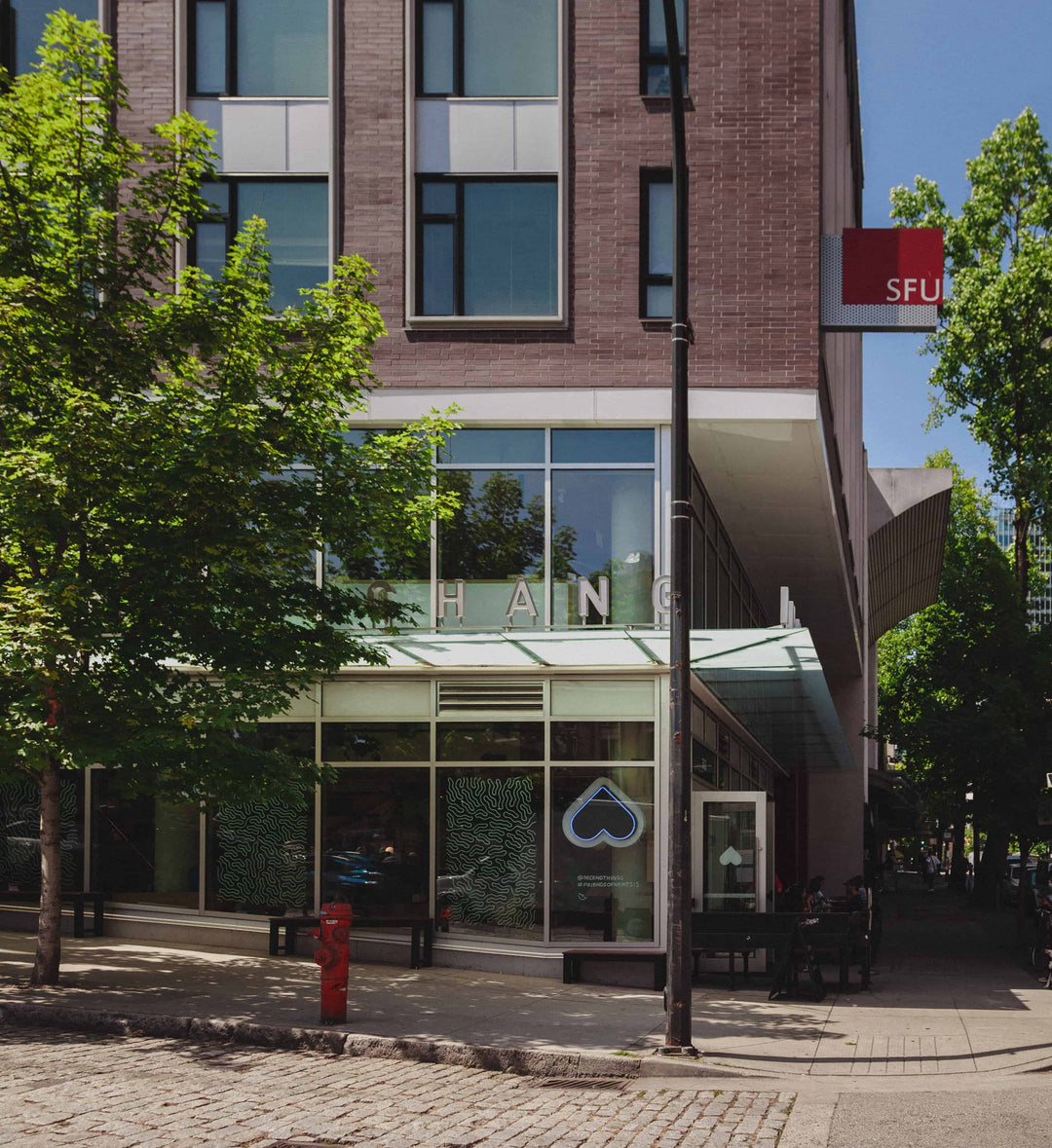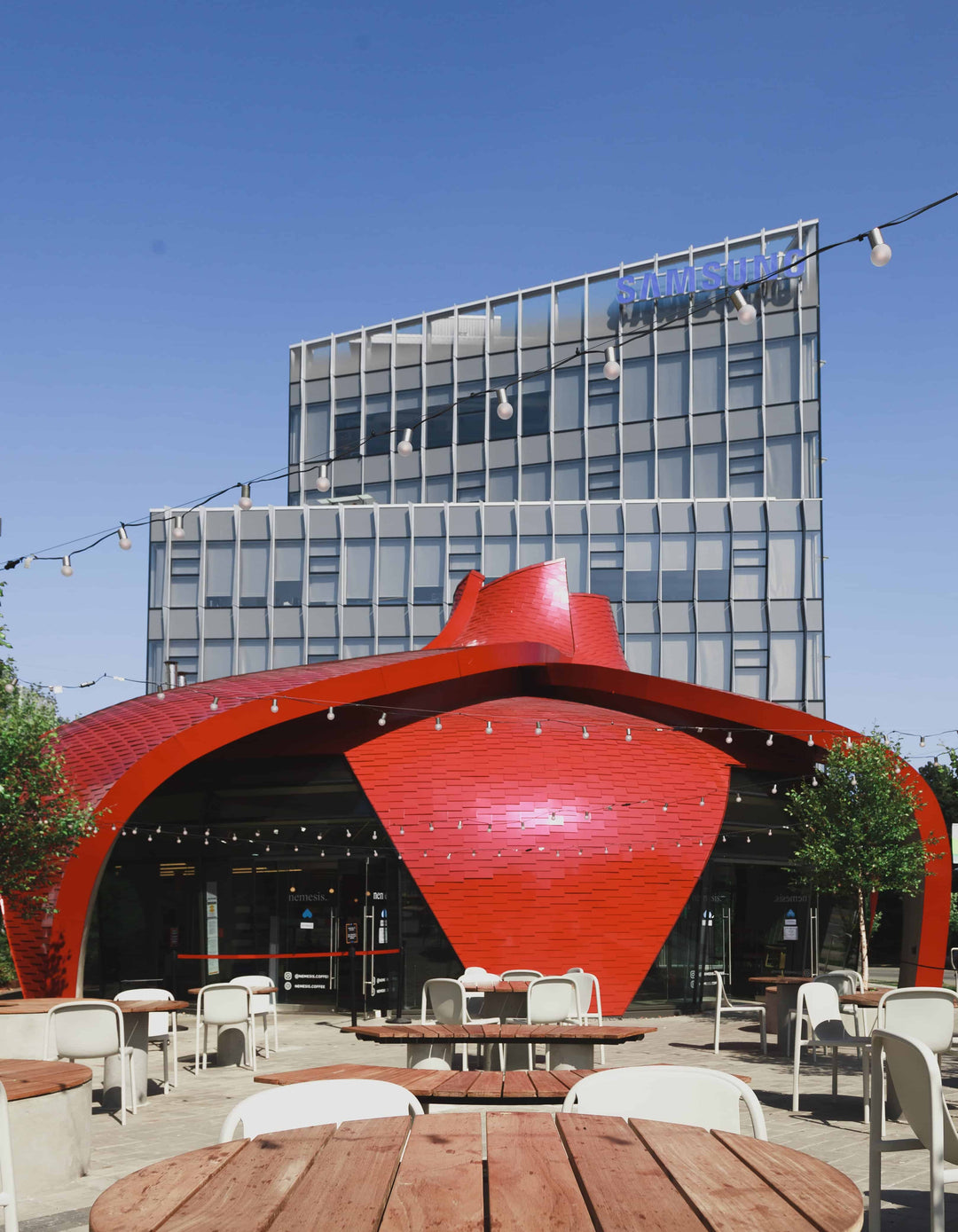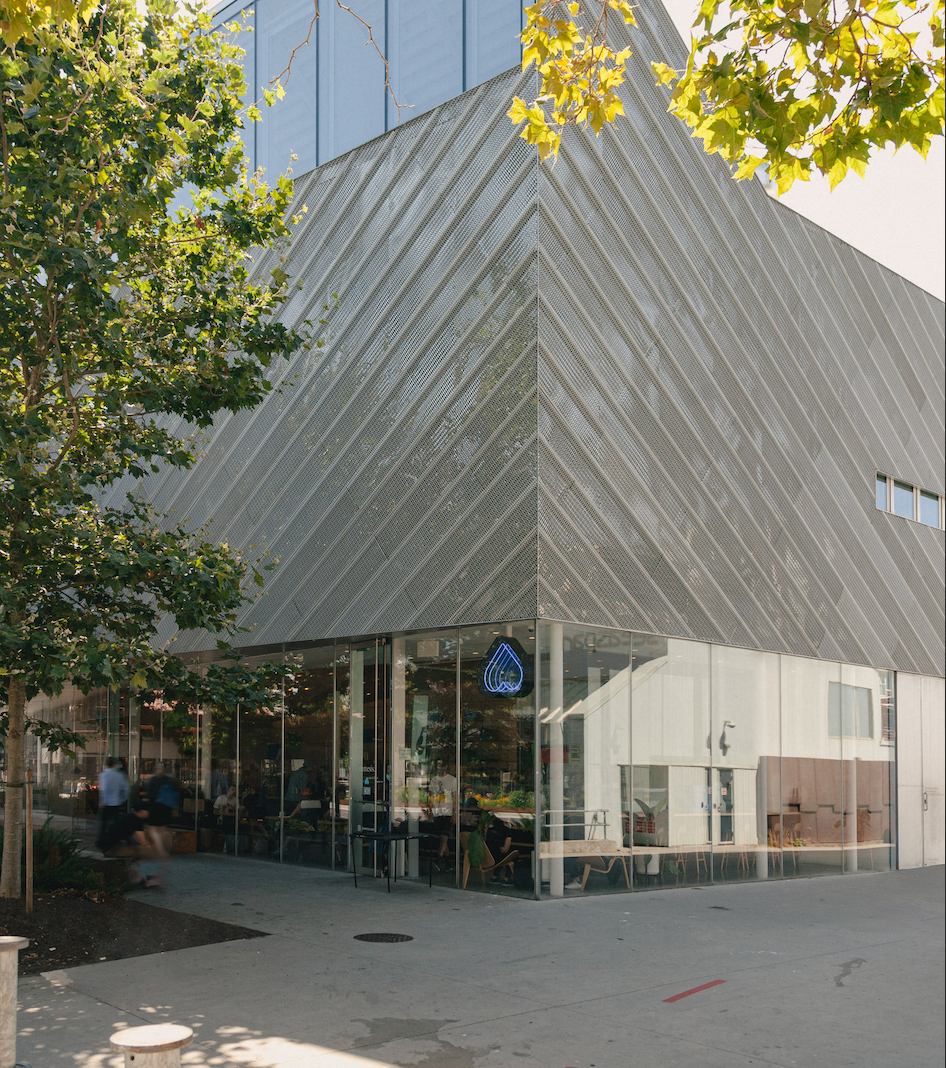Everaldo Cassandro - Sitio Cassandro

Everaldo Cassandro is the son of coffee growers Aniceto Cassandro and Vera Lúcia Guimarães Cassandro. The family farm always had coffee production, however, the coffee was grown and dried in a traditional way, which did not highlight the best of the beans.
In 2013 Everaldo paid attention to the fact that his product could improve a lot It was then that he began to seek guidance on planting coffee varieties that matched his terroir and altitude Catucaí 785 15 and Yellow Catucaí 2 SL.
Time passed, and Everaldo continued to improve his harvesting and post harvest techniques now his process involved selective collection, fermentation, the use of a pulper he had invested in and drying in suspended terraces he built In 2018 the Farm Cassandro produced excellent quality coffees, with an average score of 85 to 88 points.
"Our methods of production were for commodity purposes until 2006 when we began to pulp our coffee after harvesting. We then discovered that our coffee was truly special and went on to win the specialty coffee contest for the state of Sao Paulo two years in a row. In the third year, we placed amongst the 50 best coffees of Brazil in the Cup of Excellence."
• Community: Alto Ribeirão
• Process: Natural
• Altitude: 1000/1100 MASL
• Harvest: May/August
• Variety: Catucaí
Developed in Brazil by IAC (The Instituto Agronômico de Campinas), though now found in countries as far away as Haiti, Catucaí is a hybrid of Icatú and Catuaí and exists in both red and yellow form. Like its Catuaí mother (or father?), it is a hardy variety that does well in areas prone to high winds. Its Icatú roots show in its resistance to coffee leaf rust.
For some reason, Red Catucaí trees apparently tend to be slightly taller than their yellow sisters. Both, however, have stringent requirements with regards to water and fertilization or they will not reach optimal production.
The plants (particularly later strains) show good resistance to coffee leaf rust and Phoma/Asocochyta and have a uniform maturation, facilitating more consolidated harvesting.



